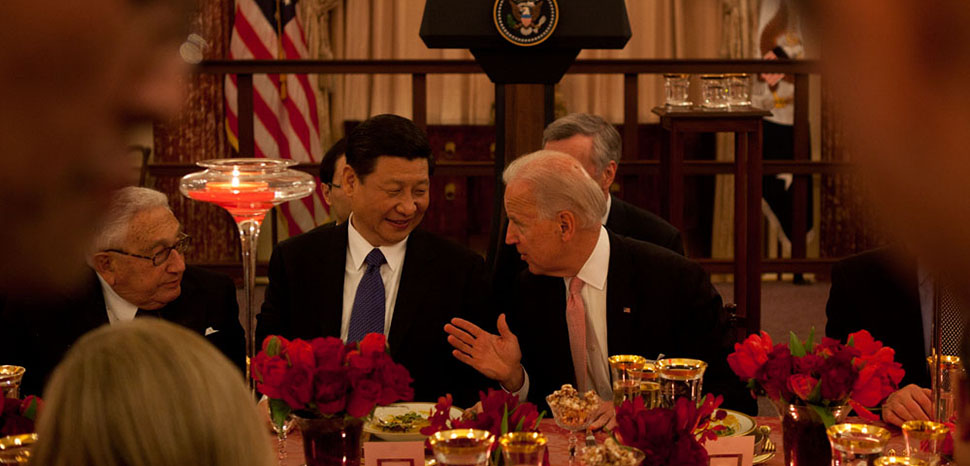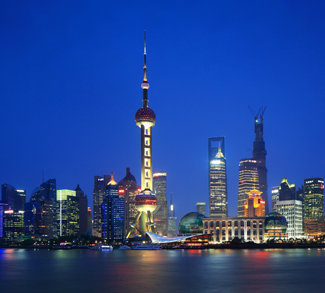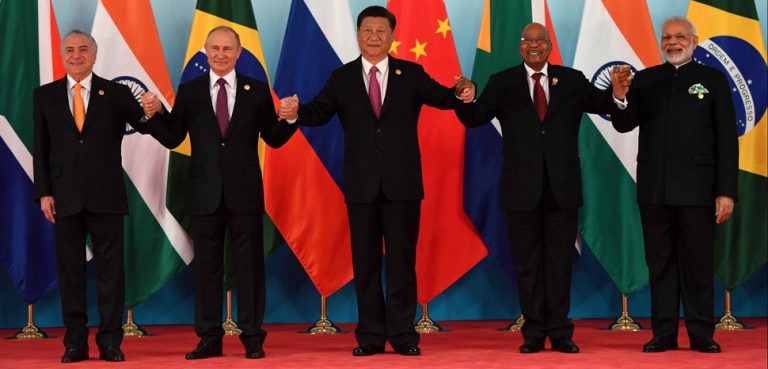Summary
On Monday, US Trade Representative Katherine Tai delivered a speech at the Center for Strategic & International Studies (CSIS), an influential think tank in Washington D.C. The speech was expected to kick off the process of carving a path forward in the tumultuous US-China trade relationship, creating a more permanent institutional framework that would: 1) hold China to account for its trade transgressions; and 2) foster greater resilience and self-sufficiency in industries dubbed strategic for US economic interests. What the speech actually delivered fell short on both counts, painting the picture of an administration that is eager to defer to Trump-era policies for fear of rocking the boat with the United States’ largest trade partner.
Background
Ambassador Tai’s speech began by outlining many items on the now-familiar list of accusations frequently leveled at China’s trade policy. Tai noted China’s “lack of adherence to global trading norms,” that it has “doubled down on its state-centered economic system,” and that it has no plans to pursue “meaningful reforms” that could address US concerns in the near future.
Tai then concluded that “we have a lot of work to do.”
It then rapidly becomes clear that the Biden administration’s vision of this work differs dramatically from the administration that preceded it. Right out-of-the-gates, the bilateral relationship is framed as “complex and competitive” as opposed to the antagonistic characterizations of the Trump era, with Tai emphasizing at one point in the speech that “our objective is not to inflame trade tensions with China.”
Focus then shifts to the Phase One Agreement negotiated under the Trump administration, which is portrayed as the natural result of a breakdown of both the WTO- and bilateral-based conflict resolution mechanisms over the past decade. Tai concludes that though the agreement helped stabilize bilateral trade after the tumultuous early phase of the Trump administration, “[it] did not meaningfully address the fundamental concerns that we have with China’s trade practices and their harmful impacts on the US economy.”
What, then, is to be done about these trade distortions on the Chinese side? According to Tai: “We need to take a new, holistic, and pragmatic approach in our relationship with China that can actually further our strategic and economic objectives – for the near term and the long-term.”
In addition, the speech outlined:
- The need to invest in US infrastructure and “give American workers and businesses the boost needed to embrace their global competitiveness,” in what could have been taken directly from a campaign advertisement for Build Back Better.
- The need to “deploy all tools and explore the development of new ones, including through collaboration with other economies and countries,” with scant attention paid to describing what exactly these tools might be.
- An agenda for future trade negotiations with the Chinese side, broaching the following subjects: 1) China’s compliance with the Phase One Agreement; 2) a targeted tariff exclusion process (potentially providing relief to the Chinese side under the deal); and 3) “non-market trade practices” that were not covered by the deal.
Impact
In all, the speech offered a rich bounty of vague generalities, which would seem to imply an incoherent China trade policy going forward – essentially a perpetuation of the pre-Trump US policy standard in deed if not word. The speech was no doubt well received by Beijing (which could have to do with subsequent plans for a virtual summit between Xi and Biden before the end of the year), due to its moderate tone and lack of any concrete punitive actions. On the other hand, many in the United States have criticized the speech for the very same reasons, arguing that it perpetuates a longstanding laissez-faire attitude within Washington where China goes unpunished for its unfair trade practices for fear of economic reprisals or simple lack of political will.
Reading between the lines, the speech points in several different directions. For one, it could be implying that there is no consensus within the administration on how to proceed; thus, the non-committal tone is simply buying for time. On the other hand, the speech could represent a more conscious return to the ‘path of least resistance’ that predated the Trump era, where US officials are well aware of the problems but lack the will and/or policy tools to do anything about them (the above-mentioned ‘laissez-faire attitude’). Finally, it’s also possible that China hands within the Biden administration believe that these problematic issues can be resolved via a new round of trade talks, with the Chinese side perhaps being more amenable to fruitful negotiation after the unpredictability of the Trump years.
Whatever the case, it would appear that the Biden administration lacks a comprehensive policy approach to one of the United States’ most important bilateral relationships.




